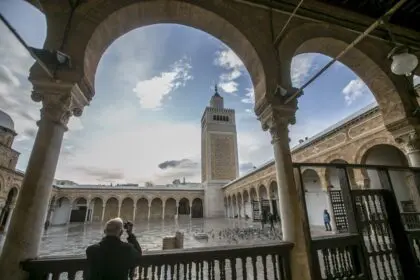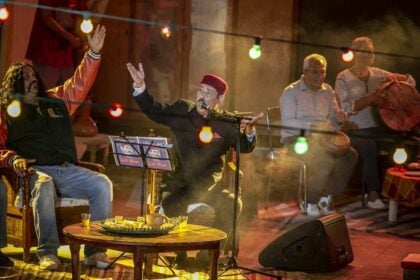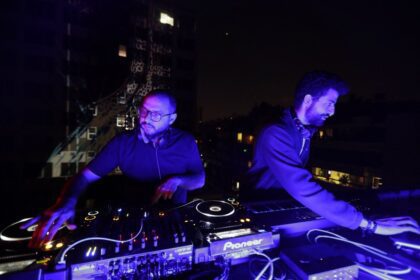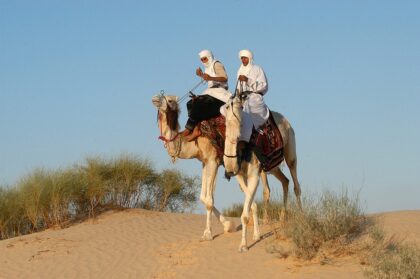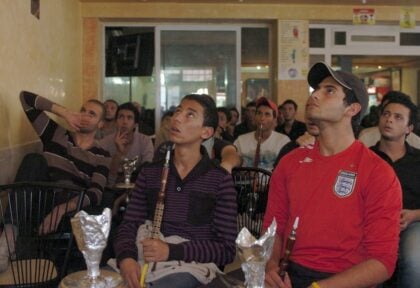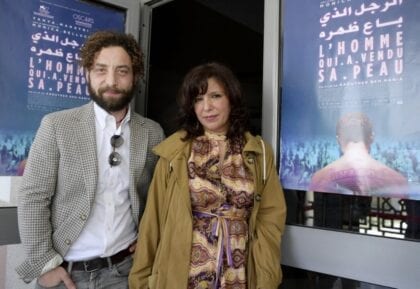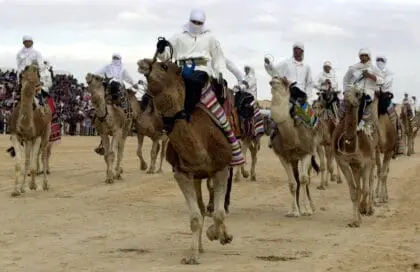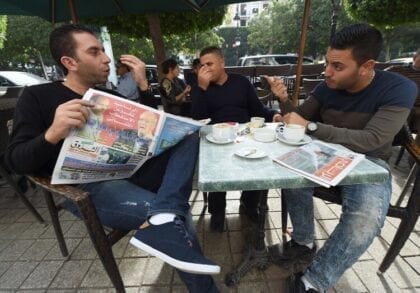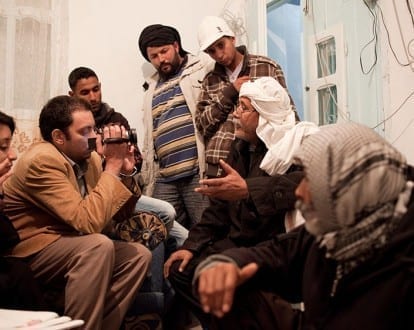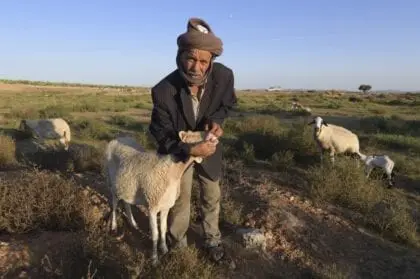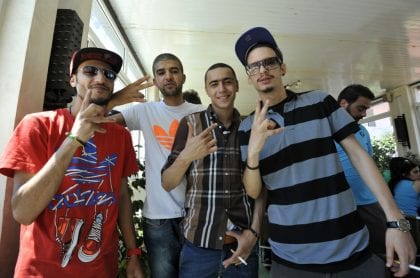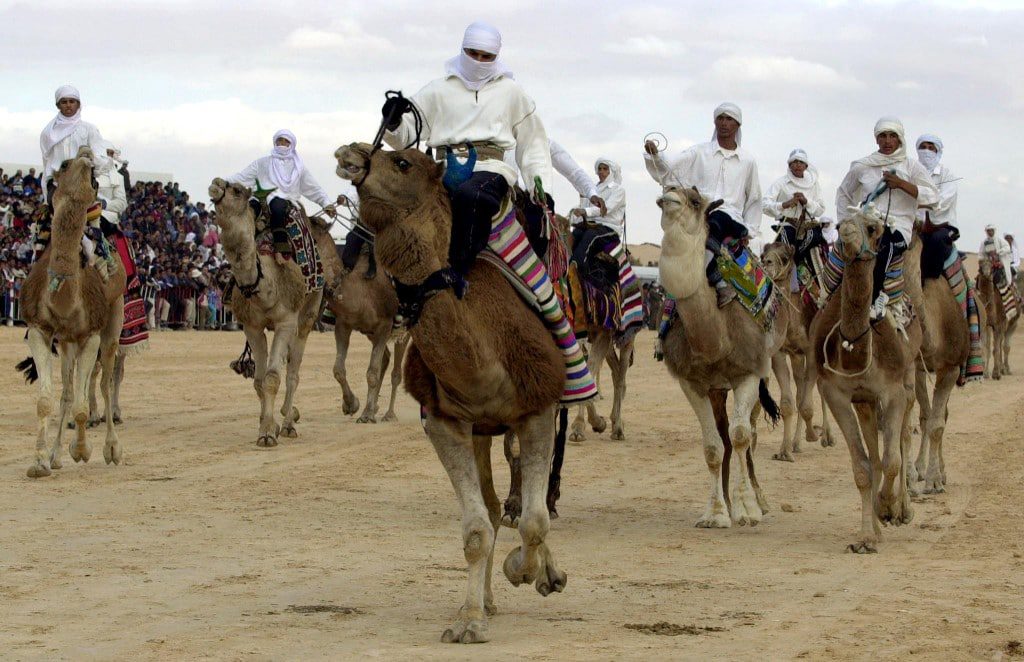
Introduction
A long time ago, a special culture has been rooted in Tunisia that adorns its green, as it is characterized by diversity and an intellectual and innovative culture with no limit.
Tunisia organizes several annual cultural festivals to the extent that there is hardly a day in the year without a celebration. It is also full of dozens of museums that are known to attract about 2.5 million visitors annually before the outbreak of its revolution that triggered the Arab Spring since the beginning of 2011.
Laws related to cultural heritage perseverance, in addition to exemptions granted to several companies investing in restoring and protecting historical monuments, unrestricted and unconditional free import, of elements of cultural publishing of all kinds, including musical instruments, played a significant role in revitalizing cultural life in the country.
Successive governments have consistently expanded the network of cultural institutions that seek to improve the cultural life of citizens, among which; the National Dance Center, the Center for Arab and Mediterranean Music, and the Civilization museum in Ksar Said Palace.
Tunisia is known for its museums and other cultural institutions, such as the Contemporary Fine Arts Museum in Abdelliya Palace in the capital, the National Cultural Center, and the International Cultural Center of Hammamat, and others.
Since the House of Wisdom was turned into The Tunisian Academy of Sciences, Letters, and Arts in 1992, Tunisian cultural life became more radiant and prosperous. The Academy has worked to gather prominent cultural figures and enable them to continue developing research in various fields of intellectual and scientific activity, to exchange information, and to contribute in coordination with similar institutions all over the world to enrich the Arabic language, to ensure the safety of its use and to develop its capabilities to keep pace with the various sciences and arts.
In addition to contribution in preserving heritage in fields of research and publishing, writing dictionaries and encyclopedias, translating literature, organizing seminars and lectures in the Academy’s areas of interest, encouraging creativity, and publishing books of a scientific, literary and artistic nature. Scientists from all over the world come to the academy to share their experiences with their Tunisian counterparts.
Tunisia hosts many cinematic, artistic, and historical festivals that are called Summer Festivals in Carthage and Hammamet, which are visited by famous personalities in the world, such as the International Film Festival and Carthage Theater Days. As the Tunisian mood rises in various musical styles, the mixture between traditional Mal’uf music and modern music. The Arab and Mediterranean Music Center in Sidi Bou Said presents a wide range of other musical events, among which the International Festival of Classic Music, Andalusian Music Festival, and the International Festival of the Sahara, and on a parallel level, modern jazz festivals are now held regularly.
To learn more about the culture of Tunisia, check what Fanack has covered about this file.
Literature
Most Tunisian literature, which dates back to the 7th century, is written in Arabic. Ali Douagi is one of the most famous Tunisian writers; he published in Arabic during the French protectorate, a period when a great deal of French literature also arrived in Tunisia. Ali Douagi is widely considered the founder of the Tunisian short-story genre. Other famous Arabic writers are Walid Soliman, Habib Selmi, and Bchir Khraief. The latter is famous for having reinvented the novel by including dialect in his stories. Tunisian francophone literature has also become famous. The award-winning poems and novels of Abdelwahab Meddeb, for example, have inspired people from around the world.
Crafts
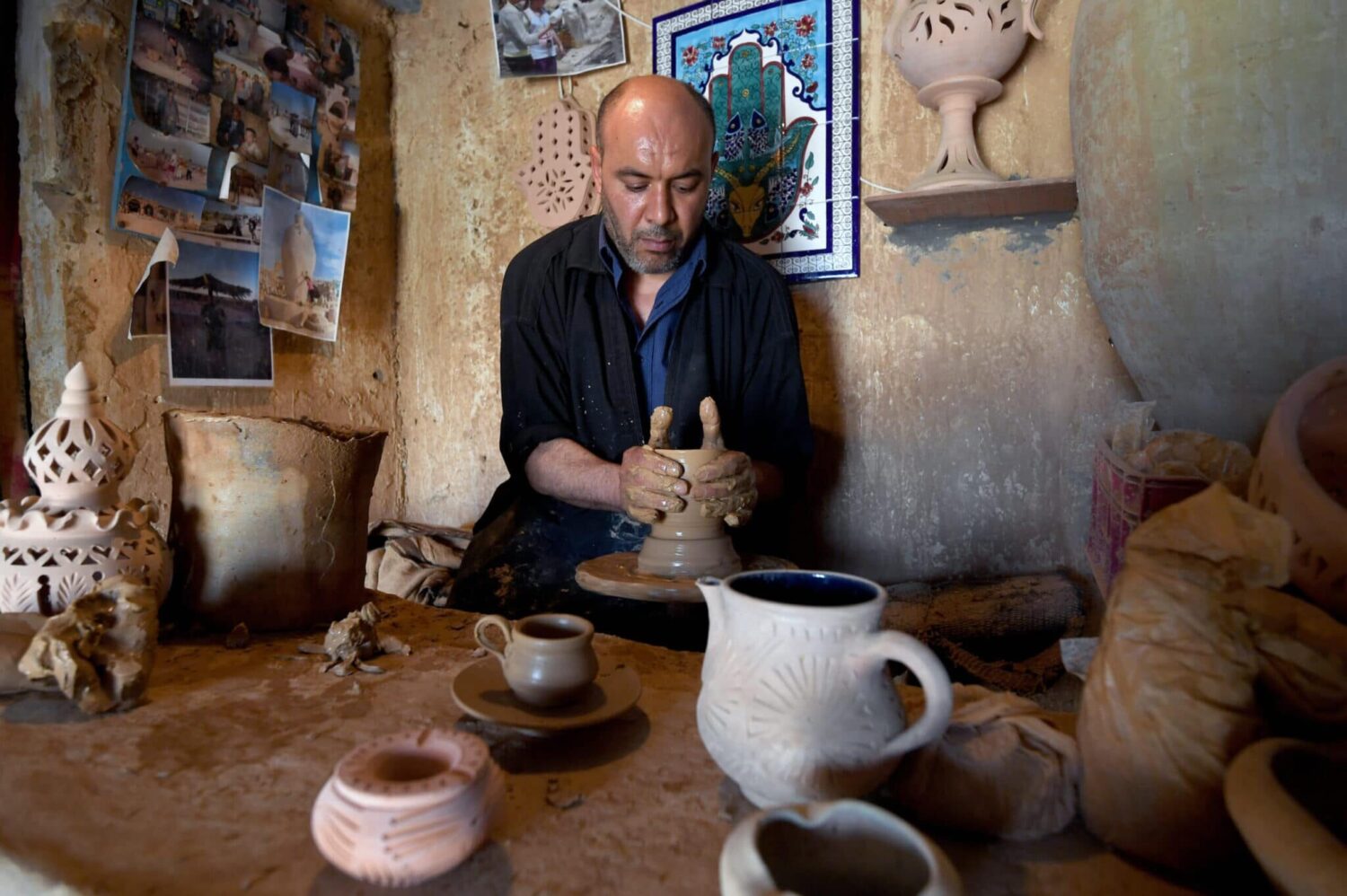
Tunisia is famous for its handicrafts, including carpets, ceramics, pottery, leatherwork, and mosaics. Kairouan is the centre of crafts manufacture, employing about 23,000 people, most of whom are women. The manufacture of carpets began in Tunisia in the 19th century, and Tunisia now produces several types of carpet famous throughout the world: the mergoum, a short-pile woolen carpet with Berber regma (woven motifs for decoration) on it; the kilim, which is strongly influenced by the Ottoman Turk experience; and ‘tapestries’, which are woven in many colours and are especially famous.
Tunisia’s pottery and ceramics are among its oldest handicrafts, dating back over a thousand years. There are two main types of pottery, one made by women – which is generally utilitarian and is most common in Tunisia’s rural areas – and a kind of turned pottery made by men. Leatherwork includes embroidery, saddlery, and utilitarian items such as the traditional leather slippers that are still widely available. Wrought iron is often used for decoration purposes, including for doors, windows, and grillework. It is inspired by the Arab, Spanish, and Portuguese craft.
Tunisia’s mosaics are among the oldest and most important in the world. Roman mosaics are the most common, but others are much older. The Bardo Museum in Tunis exhibits a wide variety of mostly Roman mosaics; the exhibits are open to the public.
Traditional and Contemporary Arts
Tunisia’s traditional ceramics, mosaics, carpets, and other handicrafts reflect the country’s long and rich artistic history. All of Tunisia’s traditional arts are handmade. Some handicrafts reflect Islamic motifs, while others incorporate Roman or Ottoman Turkish elements. There is also a distinctive Berber art, which is reflected in aspects of the country’s architecture and handicrafts. During the Muslim dynasties, calligraphy was widespread, primarily because it was forbidden at that time to depict the human form.
Contemporary Arts
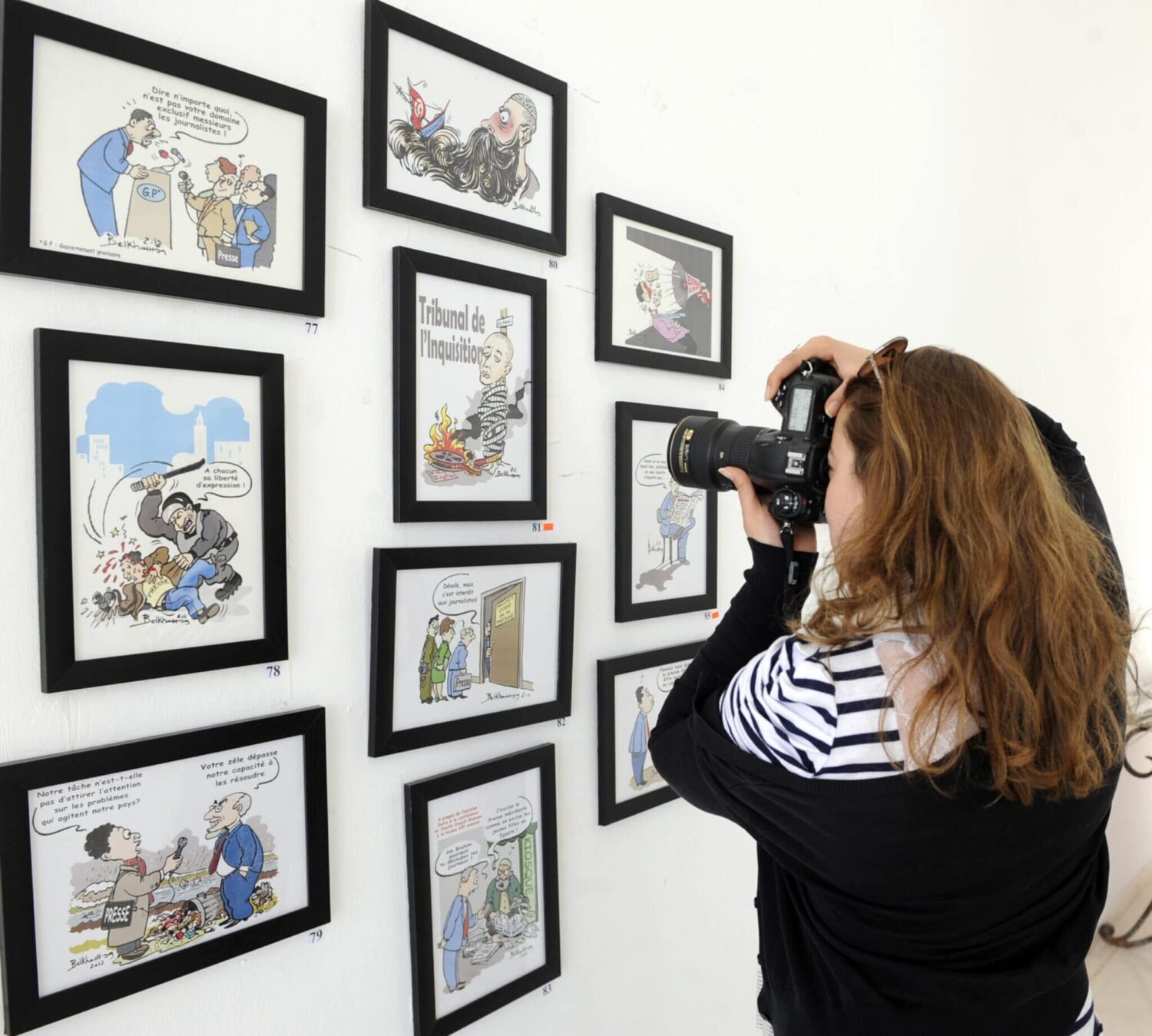
In 1949 several artists founded the School of Tunis, which included not only Tunisian Muslims, but also French, other Christians, and Jews. Its aim was to foster the artistic expression of native themes. The School of Tunis dismissed the kind of art employed in Orientalist colonial painting. With Tunisia’s independence, in 1956, artists were strongly influenced by themes such as identity and nationhood.
The 2011 revolution launched another wave of artistic expression, which deals with the years of dictatorship and touches once again on issues such as Tunisia’s national identity. Grafitti and posters are amongst the most frequent expressions of contemporary arts. An art exhibition in June 2012 in La Marsa, a suburb of Tunis, reflected differing – and sometimes opposing – dynamics in contemporary Tunisian society, with people searching for the country’s identity, which appears rent between modernity and Muslim religion.
Some artists who exhibited there protested with their work the increasing influence of Islam in society following Tunisia’s revolution. This led religiously conservative Muslims to storm the arts exhibition, which they considered blasphemous; several pieces of art were destroyed.
Architecture
Probably the most famous aspect of Tunisian architecture is its characteristic white houses, often decorated with blue window frames and large, artistic gates and doors. There is much variation in Tunisian architecture, which has been influenced by various cultures over the centuries.
Early Roman and Punic remains can, for example, be seen in Tunisia’s north and along its coastlines. Much later, the Arabs brought minarets and mosques to Tunisia, and some old religious sites can still be visited today. In Tunisia’s south, ancient Berber architecture, including the famous troglodyte pit houses, is still visible. During the French protectorate, French architecture and infrastructure came to Tunisia.
Music and Dance
There are many different types of Tunisian music and dance, reflecting the country’s rich cultural heritage. Tunisia’s most famous music is maluf, which is played by a small band of violins, flutes, drums, and sitars. While it has its origin in Andalusia, the maluf that is played in Tunisia now has some Berber elements and resembles traditional Turkish and North African music. Traditional Tunisian dance is similar to that of Egypt, except that it is faster and has some different stylistic elements.
Museums
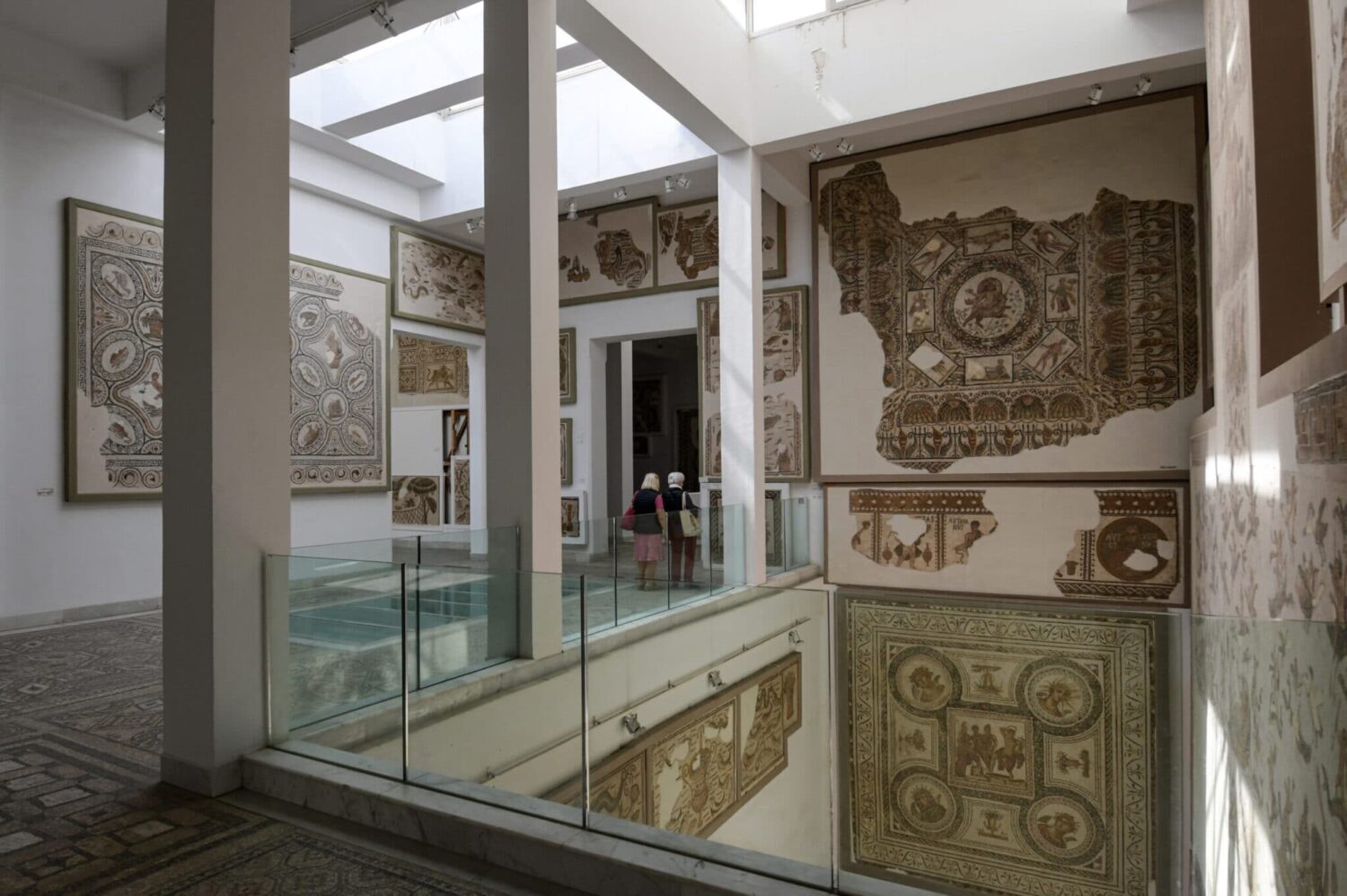
Perhaps the most famous museum in Tunisia is the Bardo Museum in Tunis, which is located in a former palace of a bey. It was founded in 1882 and presents a world-famous collection of mosaics, mostly Roman. The National Museum of Tunis-Carthage is another important archaeological museum, which was founded in 1875. Visitors can see the remains of the ancient city of Carthage as it was during Punic and Roman times. Many famous archaeological pieces can be seen, including human sculptures and limestone and marble carvings. The museum also presents jewellery, household utensils, and weapons.
Tunisia’s most important Roman archaeological site is Dougga, an UNESCO World Heritage Site. It is located in northern Tunisia, on a hill in the middle of the countryside, and contains the best-preserved remains of a Roman city in North Africa.
Sports
Sports are increasingly popular in Tunisia, especially football (soccer), whose main clubs are Espérance Sportive de Tunis and Club Africain. In 2004, Tunisia’s national team, The Eagles of Carthage, won the African Cup of Nations. They have also played in the FIFA World Cup. In October 2020, Tunisian’s national football team ranked 26 in FIFA’s world ranking table.
Handball is also important in Tunisia, and the national team has played several times in the world championships. It has won the African Cup eight times. Tunisia has participated in the Olympic Games since 1960. The 2012 Olympic Games in London saw six medals go to Tunisian athletes. One gold medal went to swimmer Oussama Mellouli, in the 10-kilometre marathon. He also won a bronze medal in the men’s 1500-metre freestyle, making him one of Tunisia’s most successful and famous athletes.
Latest Articles
Below are the latest articles by acclaimed journalists and academics concerning the topic ‘Culture’ and ‘Tunisia’. These articles are posted in this country file or elsewhere on our website:


